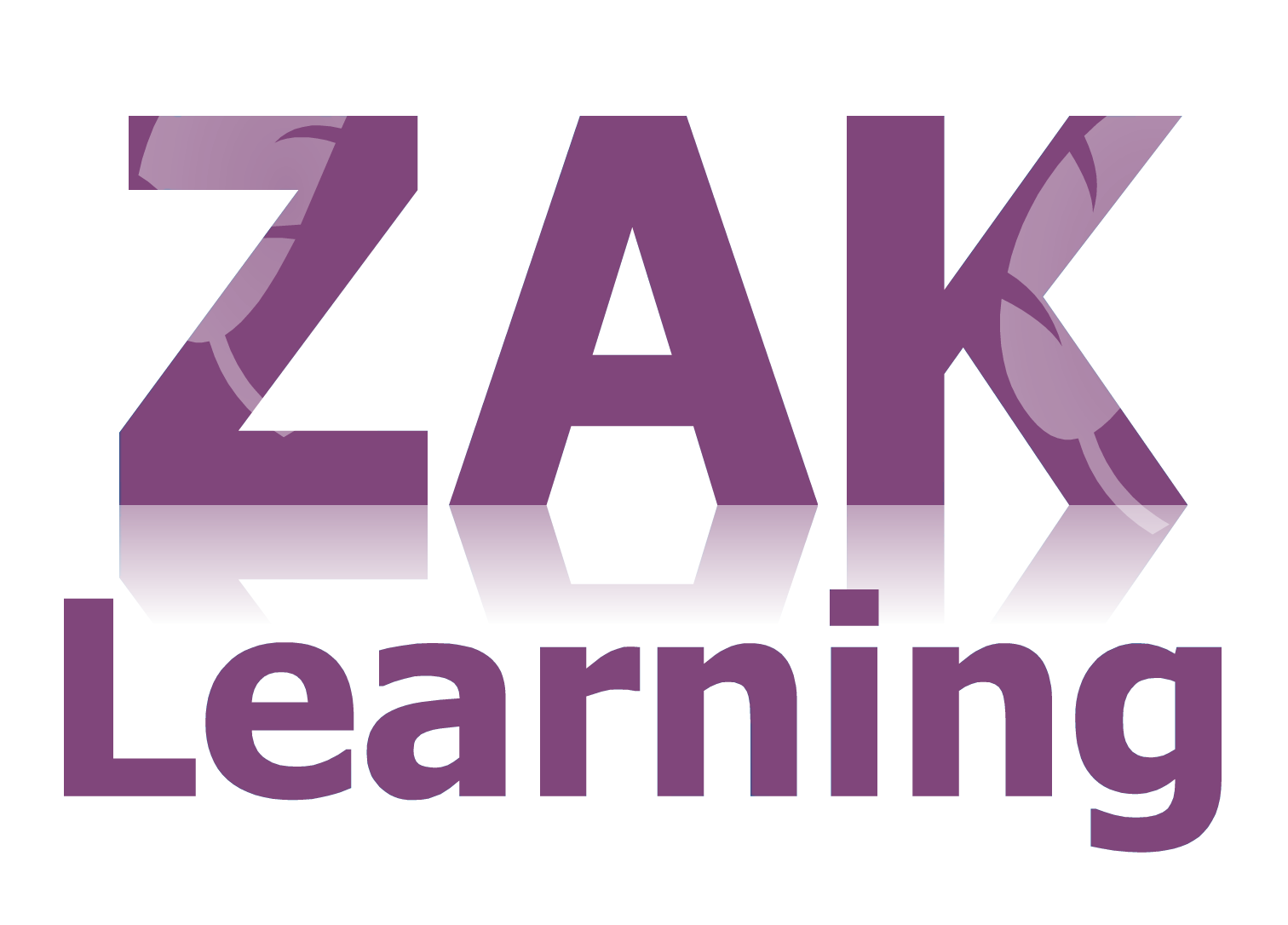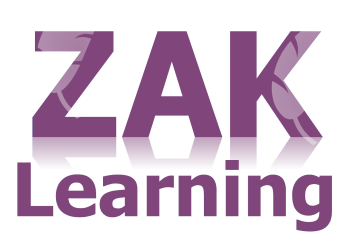| Module 1 | Introduction | |
|---|---|---|
| Unit 1 | 1. Exam Fundamentals | |
| Unit 2 | 2. 4th Industrial Revolution | |
| Unit 3 | 3. Service Organizations | |
| Module 2 | Service Management | |
| Unit 1 | 1. Service Management | |
| Unit 2 | 2. Value | |
| Unit 3 | 3. Organizations and People | |
| Unit 4 | 4. Services and Products | |
| Unit 5 | 5. Service Offerings | |
| Unit 6 | 6. Service Relationships | |
| Unit 7 | 7. Outcomes | |
| Unit 8 | 8. Costs | |
| Unit 9 | 9. Risks | |
| Unit 10 | 10. Utility and Warranty | |
| Module 3 | Four Dimensions of Service Management | |
| Unit 1 | 1. Four Dimensions of Service Management | |
| Unit 2 | 2. Organizations and People | |
| Unit 3 | 3. Information and Technology | |
| Unit 4 | 4. Partners and Suppliers | |
| Unit 5 | 5. Value Streams and Processes | |
| Unit 6 | 6. PESTLE | |
| Unit 7 | 7. Applying the Four Dimensions | |
| Module 4 | Service Value System | |
| Unit 1 | 1. Service Value System | |
| Unit 2 | 2. Opportunity, Demand, and Value | |
| Unit 3 | 3. Governance | |
| Module 5 | Guiding Principles | |
| Unit 1 | 1. Guiding Principles | |
| Unit 2 | 2. Focus on Value | |
| Unit 3 | 3. Start Where You Are | |
| Unit 4 | 4. Progress Iteratively with Feedback | |
| Unit 5 | 5. Collaborate and Promote Visibility | |
| Unit 6 | 6. Think and Work Holistically | |
| Unit 7 | 7. Keep It Simple and Practical | |
| Unit 8 | 8. Optimize and Automate | |
| Module 6 | Service Value Chain | |
| Unit 1 | 1. Service Value Chain | |
| Unit 2 | 2. Plan | |
| Unit 3 | 3. Improve | |
| Unit 4 | 4. Engage | |
| Unit 5 | 5. Design and Transition | |
| Unit 6 | 6. Obtain/Build | |
| Unit 7 | 7. Deliver and Support | |
| Unit 8 | 8. Value Streams | |
| Module 7 | Continual Improvement | |
| Unit 1 | 1. Continual Improvement | |
| Unit 2 | 2. Continual Improvement Model | |
| Unit 3 | 3. What is the Vision? | |
| Unit 4 | 4. Where are We Now? | |
| Unit 5 | 5. Where Do We Want to Be? | |
| Unit 6 | 6. How Do We Get There? | |
| Unit 7 | 7. Take Action | |
| Unit 8 | 8. Did We Get There? | |
| Unit 9 | 9. How Do We Keep the Momentum Going? | |
| Unit 10 | 10. Continual Improvement and the Guiding Principles | |
| Module 8 | General Management Practices | |
| Unit 1 | 1. Categories of Practices | |
| Unit 2 | 2. Management Practices | |
| Unit 3 | 3. Continual Improvement | |
| Unit 4 | 4. Information Security Management | |
| Unit 5 | 5. Relationship Management | |
| Unit 6 | 6. Supplier Management | |
| Unit 7 | 7. Architecture Management | |
| Unit 8 | 8. Knowledge Management | |
| Unit 9 | 9. Measurement and Reporting | |
| Unit 10 | 10. Organizational Change Management | |
| Unit 11 | 11. Portfolio Management | |
| Unit 12 | 12. Project Management | |
| Unit 13 | 13. Risk Management | |
| Unit 14 | 14. Service Financial Management | |
| Unit 15 | 15. Strategy Management | |
| Unit 16 | 16. Workforce and Talent Management | |
| Module 9 | Service Management Practices | |
| Unit 1 | 1. Service Management Practices | |
| Unit 2 | 2. Change Control | |
| Unit 3 | 3. Incident Management | |
| Unit 4 | 4. Problem Management | |
| Unit 5 | 5. Service Desk | |
| Unit 6 | 6. Service Level Management | |
| Unit 7 | 7. Service Request Management | |
| Unit 8 | 8. IT Asset Management | |
| Unit 9 | 9. Monitoring and Event Management | |
| Unit 10 | 10. Release Management | |
| Unit 11 | 11. Service Configuration Management | |
| Unit 12 | 12. Availability Management | |
| Unit 13 | 13. Business Analysis | |
| Unit 14 | 14. Capacity and Performance Management | |
| Unit 15 | 15. Service Catalog Management | |
| Unit 16 | 16. Service Continuity Management | |
| Unit 17 | 17. Service Design | |
| Unit 18 | 18. Service Validation and Testing | |
| Module 10 | Technical Management Practices | |
| Unit 1 | 1. Technical Management Practices | |
| Unit 2 | 2. Deployment Management | |
| Unit 3 | 3. Infrastructure and Platform Management | |
| Unit 4 | 4. Software Development and Management | |
| Module 11 | Conclusion | |
| Unit 1 | 1. Putting It All Together | |
| Unit 2 | 2. Conclusion | |
| Unit 3 | 3. ITIL Certification Path |
Powered By WP Courseware

